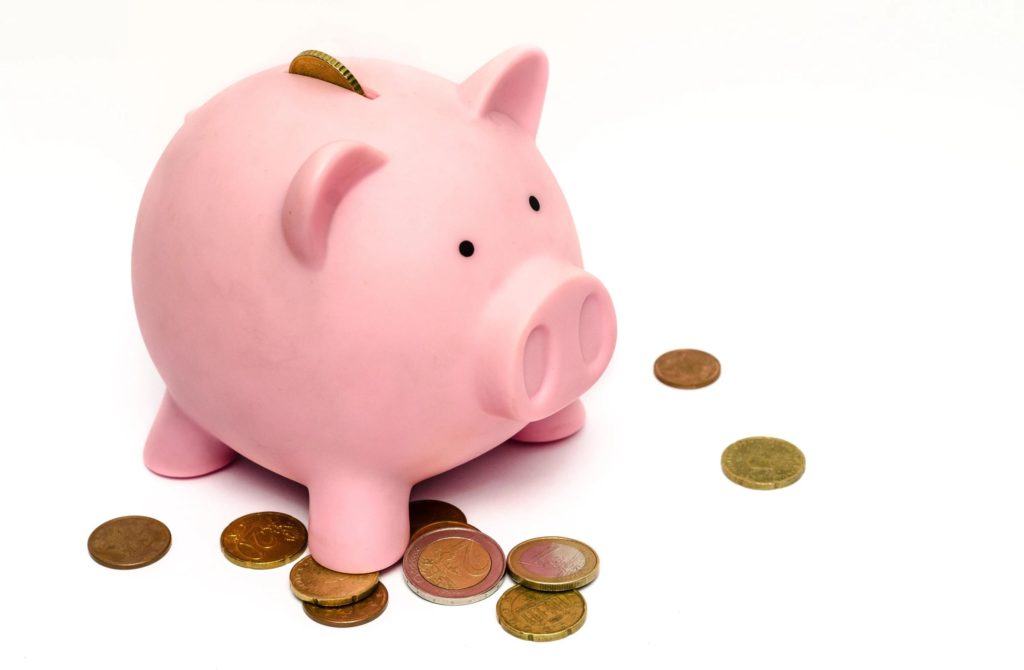How to use your shop’s cash flow statement
Published

“Back when I was at SuperChips all we cared about was profit, profit, profit. Now with FST I’m well aware that cash is king. Cash flow is what matters.” – Rick Rollins, former Chairman of the Board at SEMA
You need cash in the bank to run your business. Find investors, get a loan, use your own money. Doesn’t matter where it comes from, you need cash in the bank.
Your bank account will tell you your shop’s net cash flow: is your balance bigger or smaller than it was last month or last year? Because of this, you probably already have a pretty good idea of your cash flow just from the experience of looking at your bank account.
With that in mind, this article is not about explaining how cash flows work. It’s about how to use and understand your cash flow statement for decision making purposes.
The cash flow statement produced by your accountant or accounting software allows you to separate your overall spending from your income. Total net cash flow is a vital metric to track, but more specifically you can categorize your cash flows to give yourself a better idea of where your money is going and how you are funding your ongoing operations and future investment.
In traditional accounting, the cash flow statement has three sections: operating activities, investing activities, and financing activities. Separating your spending and income into these three categories, as explained below, will help you assess cash flow timing issues, prioritize your spending, and clearly show you where the money is coming from.
Operating cash flows
Your operating cash flows are income and spending related to your day to day operations. You will typically see your shop’s operating cash flows as an adjusted version of your net income. Your net income is different from your operating cash flow because of changes to your balance sheet and noncash charges. Your accountant or accounting software should make this calculation clear in the financial statement. This will be your biggest category in your cash flow statement. For many shops, it may even be the only category with any activity.
Your operating cash flows should support the ongoing operations of your business. Keep yourself from going into debt by making sure your operating cash flow is positive.
Investing cash flows
Buying equipment, shop cars, and real estate, or selling any of these assets will result in investing cash flow.
Do you have any shop money in any other businesses? When you give away that money, it’s an investing cash flow. If you get any of that money back, same thing.
Investing cash flows will often be negative. As you build your business, you will end up spending more on equipment and other assets than you will receive through investments or selling equipment. Keep in mind that if you sell equipment and parts in your day to day business, that would be included in operating cash flows, not here.
Look at investing cash flows relative to operating and financing cash flows to ensure you’re spending an appropriate amount of money on long-term assets.
Financing cash flows
Took out debt or got an investor? Put in some of your own money? Repaid some debt or bought out an investor? These are financing cash flows.
You probably won’t need to think about financing cash flows often, but when you do, it’s likely to be big numbers.
When looking at retrospective financing cash flows, you’ll know your net number for the month, quarter, or year. Use this number for financing cash flows to compare to your operating and investing cash flows to confirm whether you successfully brought in cash for the year through business operations, or whether it came from selling assets or getting new funding.
Double check
Double check your cash flow statement to make sure it’s accurate. Does your net number for operating, investing, and financing cash flows equal your change in bank account balances for the year?
Your cash flow statement explains your change in bank account balances. The two should be easy to understand together. Make sure this is the case.
In Conclusion
Use your cash flow statement to make sure your money is flowing to and from places appropriately to sustain and grow your business. Use your cash flow statement to budget future cash flows, prioritize your spending, and better understand your growing business.
DPA
Driven Performance Advisors helps clients understand their finances, handles shop accounting, and advises on cost reduction through our ShOptimizer monthly financial review. Want to learn more? Schedule a consultation at drivenperformanceadvisors.com or email arun@drivenperformanceadvisors.com.
